Art Meets Science in Amazing Images
Mechanical Heart
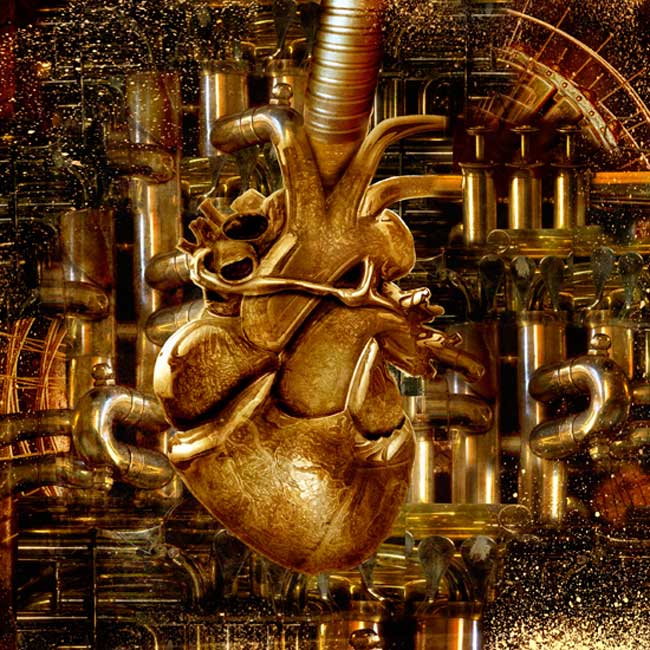
This collage is a digitally enhanced pencil drawing of the human heart and photographs of different brass instruments. This image received an award from the Wellcome Trust, as part of the annual Wellcome Image Awards, for its ability to communicate the wonder and fascination of science. This image received an award from the Wellcome Trust, as part of the annual Wellcome Image Awards, for its ability to communicate the wonder and fascination of science.
Capillary Network
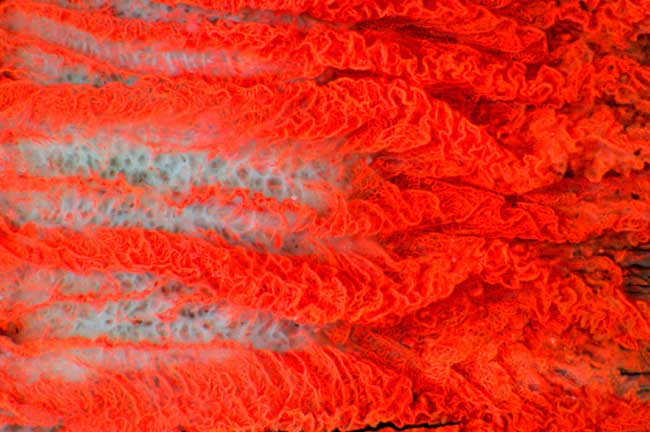
This image shows capillaries, or small blood vessels, which act as the connective network between arteries and veins. They are often found as large networks supplying organs with oxygen and other nutrients, and removing carbon dioxide. This image received an award from the Wellcome Trust, as part of the annual Wellcome Image Awards, for its ability to communicate the wonder and fascination of science.
Nerve Fiber
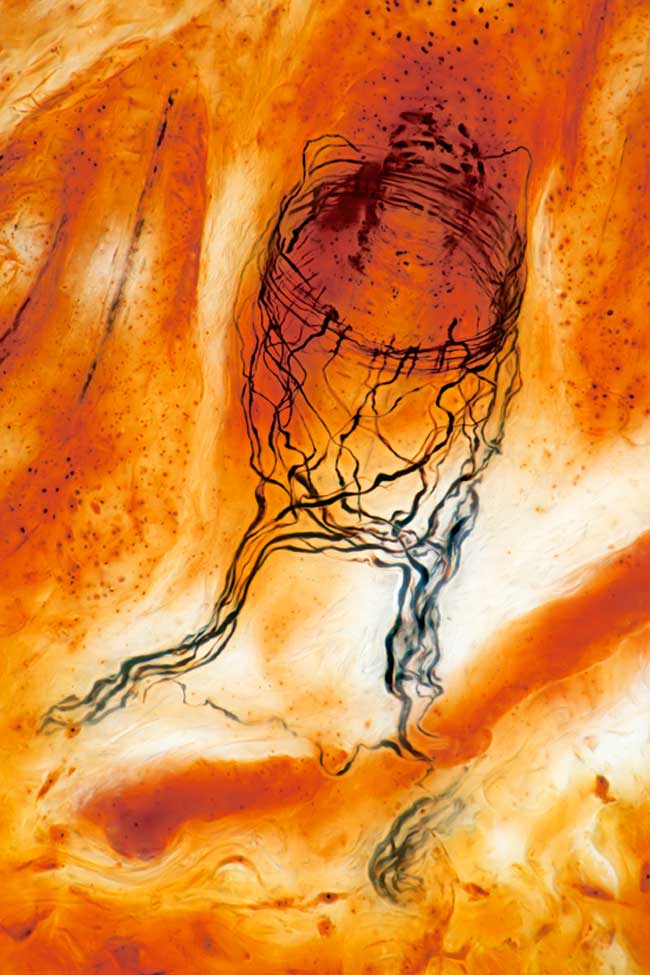
This image highlights the basket of nerve fibers at the end of a hair follicle. Sensory nerves allow us to detect stimuli such as movement, pressure and pain. This image received an award from the Wellcome Trust, as part of the annual Wellcome Image Awards, for its ability to communicate the wonder and fascination of science.
Bucky Balls
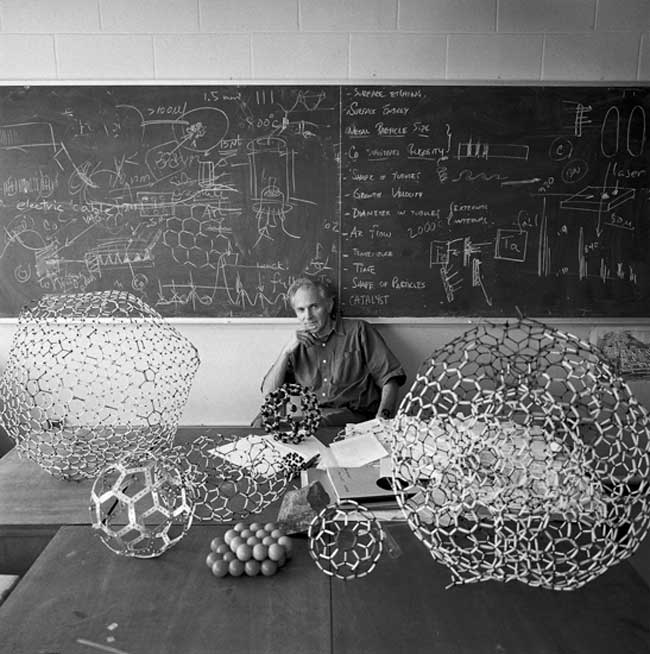
This image shows professor Sir Harold Kroto on the day after his Nobel Prize was announced - he received the 1996 Nobel Prize for Chemistry along with Robert Curl and Richard Smalley for discovering spherical fullerines, the carbon structures known as Buckyballs. This image received an award from the Wellcome Trust, as part of the annual Wellcome Image Awards, for its ability to communicate the wonder and fascination of science.
Aspirin Crystals
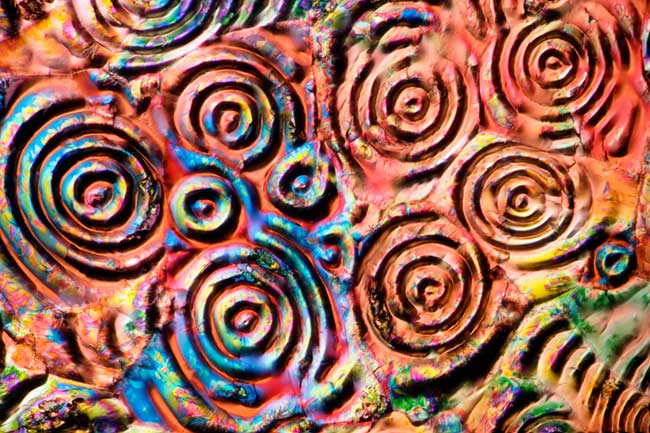
This image of aspirin crystals was created using pure aspirin powder melted on a microscope slide. Once it is liquid, a thin slip is slid over the top of the aspirin, which forms these intriguing circular shapes. Vivid colors are created by the use of crossed polarizing filters on the light microscope. This image received an award from the Wellcome Trust, as part of the annual Wellcome Image Awards, for its ability to communicate the wonder and fascination of science.
Small Intestine

These finger-like structures in the small intestine of a mouse have been cropped at the tips and stained with fluorescent dyes to distinguish between different components of the cells. This image received an award from the Wellcome Trust, as part of the annual Wellcome Image Awards, for its ability to communicate the wonder and fascination of science.
Premature Baby

This photograph shows a premature baby surrounded by medical equipment and a teddy. The photograph serves to illustrate that even with the veritable arsenal of complex equipment surrounding this very small and vulnerable child, there is still a very important place for the cuddly toy. This image received an award from the Wellcome Trust, as part of the annual Wellcome Image Awards, for its ability to communicate the wonder and fascination of science.
Get the world’s most fascinating discoveries delivered straight to your inbox.
Copolymer
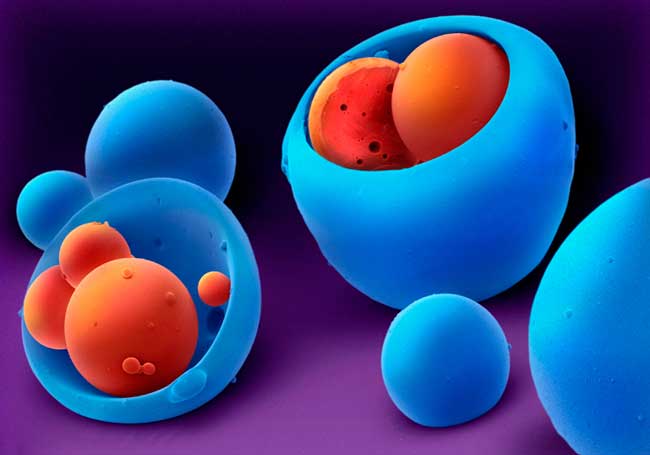
This image shows the synthetic polymers used to coat a drug, either to target the release of the drug in a specific part of the digestive tract or to allow the drug to be released slowly. Polymers play an important role in reducing side-effects of drugs, as well as the number of times a patient needs to take a medication. Scanning electron micrograph images are taken in black and white and are colored later. The orange spheres contain the drug and the encapsulating co-polymers are colored blue. This image received an award from the Wellcome Trust, as part of the annual Wellcome Image Awards, for its ability to communicate the wonder and fascination of science.



